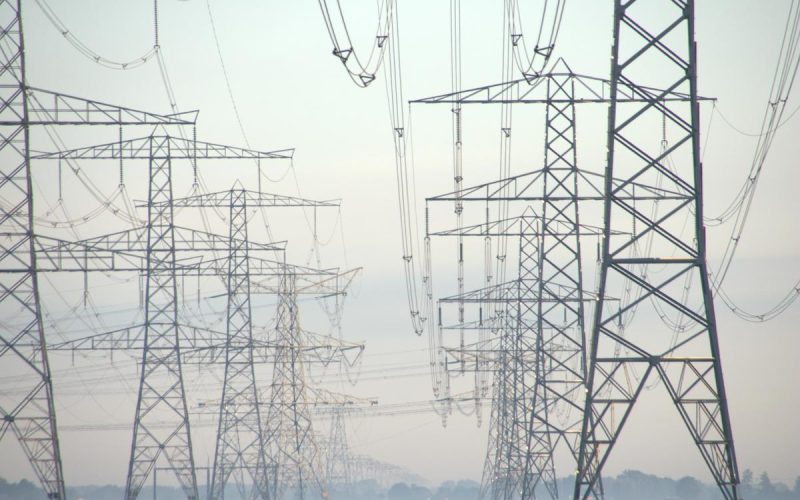
In an article by Selin Oguz at Visual Capitalist, the differences in electricity generation between the United States and Canada are explored. On a national scale, the US primarily relies on natural gas, coal, and nuclear power, while Canada depends on hydro and nuclear power. However, at the state and province level, primary electricity sources can vary significantly.
According to data from the Nuclear Energy Institute (2021) and the Canada Energy Regulator (2019), natural gas is the leading electricity source in the US, accounting for 38% of the 4120 terawatt-hours (TWh) of electricity generated in 2021. Oguz notes that "more than 40% of American states have natural gas as their biggest electricity source." In Canada, natural gas is the third-biggest electricity source (behind hydro and nuclear), making up 11% of the 632 TWh of electricity produced in 2019. Alberta is the only Canadian province where natural gas is the primary source of electricity.
Oguz highlights that nuclear power is a carbon-free energy source and comprises a considerable share of electricity generation in both countries: 19% in the US and 15% in Canada. While the percentages are close, the US generates 6-7 times more electricity than Canada annually, producing significantly more nuclear power in terms of gigawatt-hours (GWh) per year. In the US, Illinois, Pennsylvania, and South Carolina are the top nuclear power producers in terms of GWh/year. Most of Canada's nuclear reactors (18 of 19) are located in Ontario, with one in New Brunswick. Both provinces rely on nuclear power as their primary electricity source.
Out of the various renewable electricity sources, hydro is the most prevalent in North America. Oguz states that "60% of Canada's and 6% of the US's electricity comes from hydropower." Some states and provinces with hydro as their biggest electricity source include Manitoba, Newfoundland and Labrador, Quebec, British Columbia, Yukon, Washington, Idaho, Vermont, Northwest Territories, and Oregon.
Wind and solar power together make up a small percentage of total electricity generation in both countries. No state or province relies primarily on solar power; however, Iowa, Kansas, Oklahoma, South Dakota, and Prince Edward Island (Canada) rely mainly on wind power for their electricity.
Coal and oil, both emission-heavy electricity sources, are still prevalent in North America. Oguz points out that "22% of America's and 7% of Canada's electricity comes from coal." Some regions still depend on coal as their primary electricity source, including Kentucky, Missouri, West Virginia, Saskatchewan, and Nova Scotia. Additionally, petroleum is used to generate electricity in some regions, although its usage is declining. It remains the largest source of electricity in Hawaii and Nunavut.
Oguz concludes by stating that it will be interesting to observe the use of fossil fuels for electricity generation in the US and Canada in the coming years. Despite the differences in climate commitments between the two countries, reducing coal and oil-related emissions may be a crucial part of achieving decarbonization targets in a timely manner.
Footnotes:
1 Adapted from source: "Mapped: Biggest Sources of Electricity by State and Province." Elements by Visual Capitalist, 13 Jan. 2023, elements.visualcapitalist.com/biggest-sources-of-electricity-by-state-and-province.
2 Photo by Anja van de Gronde on Unsplash
















